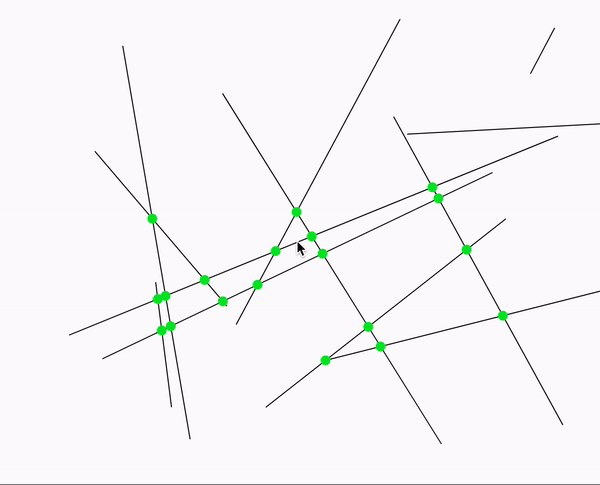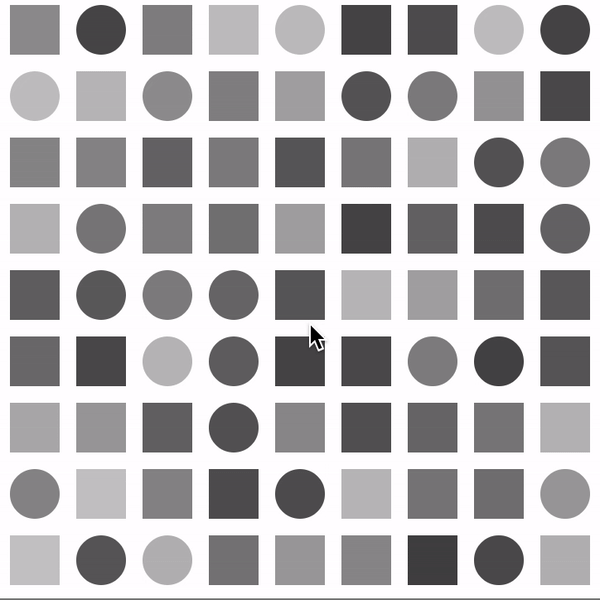Quite frankly, I am not familiar with many interactive AND computational projects. However, I became more interested in learning how to code after I attended Robin's Sloan's workshop: Automatic Telling: A Cyborg Fiction-Writing Experiment (at the Studio). The workshop unfolded over the course of three days, during which the participants, coming from a wide range of disciplines--from game design to English literary studies-- sat down together on a long, continuous table to co-author, with the computer (specifically, an artificial neural network trained on artists' biographies and other corpora and developed by Sloan), a brief account of a fictional artistic movement of the late twentieth century: The Center for Midnight: A History in Fragments.
The tool that Sloan created, to me, promised a new way of thinking about writing, and challenged the sanctified position of the singular, genius author (now joined by a virtual "ghost-writer"). On a personal level, I wanted to believe that such a tool could help me get over my fear of writing.
Instead of supplanting the craft of writing, I strongly believe that this kind of tool augments our intelligence. Emerging from AI, AIA research, some propose is concerned with developing tools using AI to create "new cognitive technologies," or apparatuses that allow us to "explore and discover, to provide new representations and operations" of our own cognitive processes and intellectual frameworks (Carter, Nielsen, 2018).
Is this not the same intent with which Robin Sloan created his machine-learning-augmented text-editor? Have not all the objects (i.e. the quill, the pencil) and physical infrastructures (i.e. desks) through which we engage in the practice of writing been implicated in shaping the way we think about and feel writing (with our bodies and mind)?

